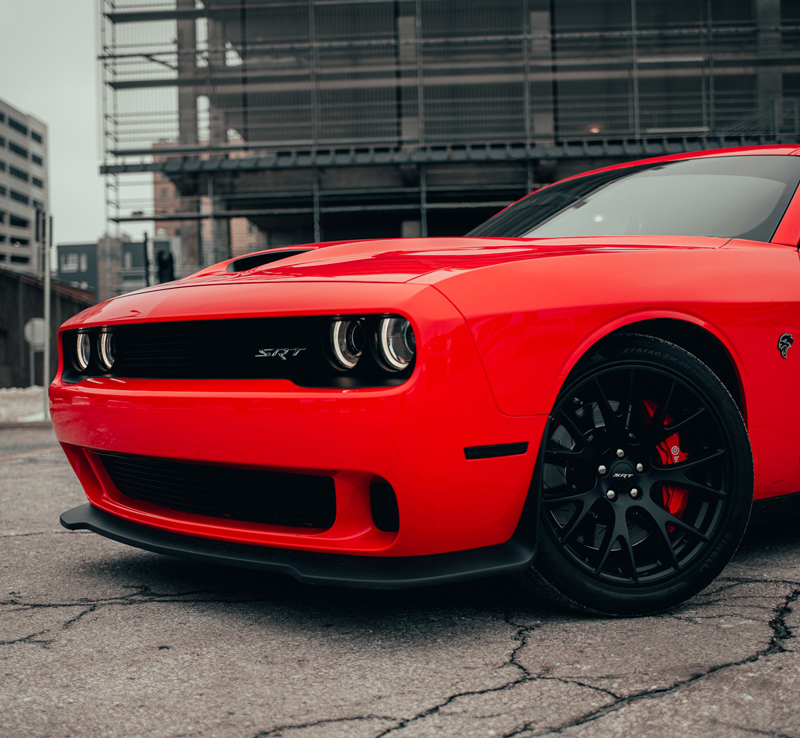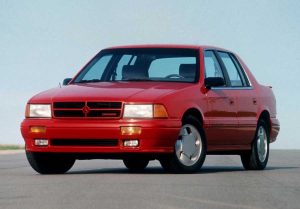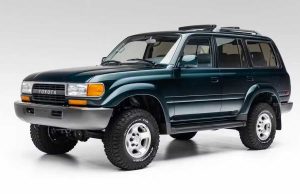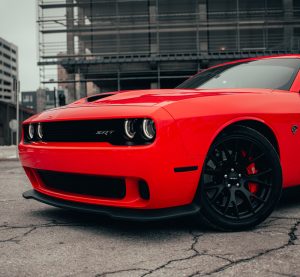Unleashing the Legend: Your Guide to the Dodge Challenger—History, Value & Protection

Dodge Challenger at life in classic
Few cars embody the raw, unfiltered spirit of American muscle like the Dodge Challenger. Bold, loud, unmistakably powerful, the Challenger has carved out a legacy stretching from the golden age of Detroit performance to the modern era of horsepower wars. Whether you admire it for its heritage, collectibility, or sheer road presence, one thing is certain: the Dodge Challenger is more than a car — it’s a statement.
From 1970 to Today: The Rise, Fall, and Rebirth of an Icon
The Challenger first roared onto the scene in 1970, joining the heated battle between the Ford Mustang and Chevrolet Camaro. Unlike its rivals, Dodge aimed to deliver something bigger, bolder, and unmistakably intimidating. The first-generation model offered:
- A long muscular stance
- Aggressive styling
- A huge selection of engines — from efficient six-cylinders to the legendary 426 Hemi V8
The combination made it an instant star among enthusiasts and racers alike.
But like many muscle cars, the Challenger’s early life was short-lived. Production ended in 1974, leaving a decades-long gap where the Challenger existed only in memory and classic car auctions.
A Legendary Comeback
In 2008, Dodge revived the Challenger — and did so with purpose. The new model blended modern engineering with unmistakable retro design cues: wide hips, a long hood, and the same intimidating stance that made the original famous.
And just like that, the muscle car wars were back.
Over the years, Dodge escalated its pursuit of power with increasingly extreme versions:
- SRT8 (2008–2010) – The car that relaunched the legend
- SRT Hellcat – 707 hp of supercharged mayhem
- SRT Demon (2018) – 840 hp, drag-strip monster, and one of the most powerful production cars ever built
- Hellcat Redeye & Super Stock – Dodge’s way of saying “why stop at 800 hp?”
Today, the Challenger remains one of the last true American muscle cars — a symbol of resistance in a world moving toward electrification.
The Challenger as an Investment: Models to Watch
While every Challenger has its fans, some have become highly collectible. Here’s a look at the most valuable editions and why they matter.
1970 Dodge Challenger R/T Hemi
The holy grail.
Equipped with the legendary Hemi V8, these cars can surpass $100,000 in good condition — much more for pristine or matching-numbers examples.
1970 Dodge Challenger T/A (Trans Am)
Built for SCCA racing homologation, the T/A is instantly recognizable with its side-exit exhaust and aggressive stance. Mint examples often exceed $75,000.
2018 Dodge Challenger SRT Demon
The modern icon.
Limited production, drag-ready engineering, and 840 horsepower have already turned the Demon into a blue-chip collectible. Prices frequently exceed $150,000.
2008–2010 Dodge Challenger SRT8
The first of the modern rebirth.
These early models are now sought after, with prices typically ranging between $25,000 and $50,000 depending on mileage and originality.
Of course, rarity, special editions, factory options, documentation, and condition all influence value — and the market for special Challengers is likely to strengthen as the V8 era draws to a close.
How to Protect Your Challenger — and Its Value
Whether you see your Challenger as a weekend toy, a collectible, or a future investment, protecting it properly is essential. Here’s how to keep it looking and performing like the legend it is.
1. Maintain It Like a Pro
The heart of the Challenger is its engine — and it deserves careful attention.
- Regular oil changes
- Transmission and differential service
- Brake and coolant flushes
- Frequent inspections for leaks or wear
Following the manufacturer’s service schedule is the best way to preserve performance and resale value.
2. Store It Correctly
A Challenger deserves more than a driveway.
For long-term storage:
- Keep it in a cool, dry, well-ventilated garage
- Use tire cushions to prevent flat spots
- Avoid humidity to reduce corrosion risk
- Disconnect or maintain the battery as needed
Proper storage dramatically slows aging and helps maintain originality — key for collectors.
3. Use a High-Quality Indoor or Outdoor Car Cover
A car as bold as the Challenger deserves solid protection.
Indoor storage
Use a soft, breathable indoor cover to prevent micro-scratches, dust buildup, and accidental bumps in the garage.
Outdoor storage
Choose a waterproof, UV-resistant outdoor cover to shield the paint from:
- Sun damage
- Rain and frost
- Dirt, tree sap, bird droppings
- Environmental pollutants
A custom-fit cover for your Dodge Challenger ensures full contour protection — especially important for wide-body models like the Hellcat and Demon.
4. Watch the Tires
Power means nothing without grip.
- Keep tires inflated to the recommended PSI
- Check for aging or flat spotting
- Rotate regularly
- Store the car with tires off the ground if possible
Proper tire care improves safety, handling, and longevity.
A Muscle Legend That Only Gets Better With Time
From its 1970 debut to its modern supercharged monsters, the Dodge Challenger has earned its place among America’s all-time automotive icons. Some models — like the Hemi R/T or the SRT Demon — have already reached collector-car status, and the appreciation curve is rising.
But no matter which Challenger you own, caring for it properly ensures it remains powerful, beautiful, and valuable for years to come.







